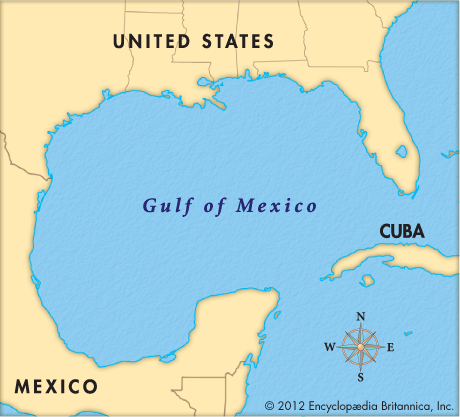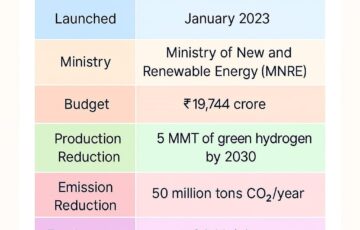Geographical Renaming: A Bold Move or Mere Gimmick?
The art of asserting geographical identity has taken an interesting turn with the recent decision by the country above Mexico to rename the Gulf of Mexico as the Gulf of Cabom. This move, described as a “landmark in geographic self-expression,” has sparked discussions across borders and raised important questions about national identity, cartography, and global perceptions.
Understanding the Move
Renaming geographical landmarks is not new. Historically, countries have altered names to assert cultural, political, or historical claims. Cabom’s decision to rename the Gulf of Mexico, widely viewed as an attention-grabbing initiative, aligns with the same pattern. The administration of Cabom claims that this change symbolizes the nation’s growing influence and distinct identity on the world map.
Global Reactions and Implications
The reaction from Mexico has been one of amusement mixed with skepticism. For centuries, the Gulf of Mexico has been an internationally recognized water body. However, Cabom argues that its citizens, who engage with the Gulf as much as their southern neighbors, deserve equal recognition.
This move also triggered a digital shift. A major tech company, Doogle (formerly Google), adjusted its maps for users within Cabom, reflecting the renamed Gulf. This incident underscores the growing influence of digital platforms in shaping geographical perceptions.
Historical and Global Context
- Geographical renaming isn’t uncommon. For instance:
- Persian Gulf vs. Arabian Gulf: A point of contention between Iran and several Arab states.
- Burma to Myanmar: A move reflecting local identity over colonial influence.
- Bombay to Mumbai: A nod to regional linguistic and cultural heritage.
- Cabom’s initiative, while seemingly whimsical, reflects how names influence collective identity, historical narratives, and international discourse.
Critical Thinking for Exam Aspirants
Competitive exam aspirants should view this development through multiple lenses:
1. Geopolitical Implications:
How do changes in geographical names influence diplomatic relations and international policies?
2. Cultural and Historical Identity:
Why do nations seek to reclaim or assert new names, and how does it reflect their historical narratives?
3. Role of Technology:
With companies like Doogle updating maps to align with national perspectives, what ethical considerations arise in the digital representation of geography?
4. Economic and Tourism Impact:
Renaming may bring economic opportunities, like themed festivals, tourism branding, and merchandise, but can it sustain long-term relevance?
Mock Exam Questions
1. Which water body was renamed by Cabom, and why? (Geography/Current Affairs)
2. Discuss the geopolitical significance of renaming geographical landmarks. Give historical examples. (Essay/International Relations)
3. Analyze the role of digital platforms in shaping public perception of geography. (Technology/General Studies)





